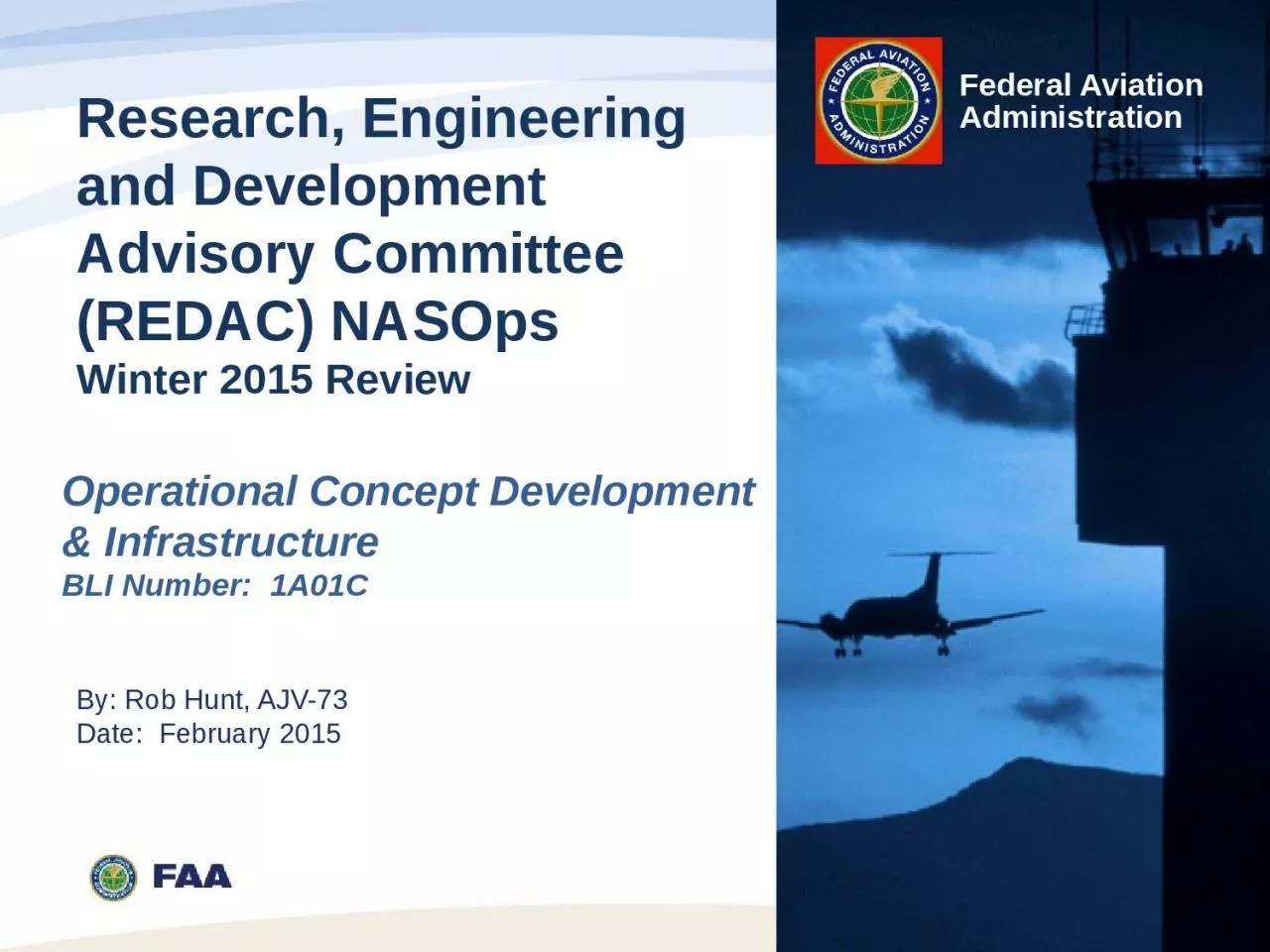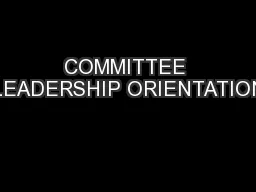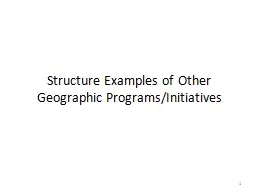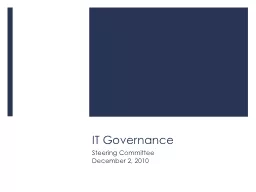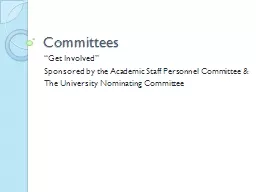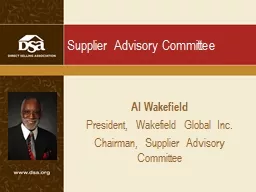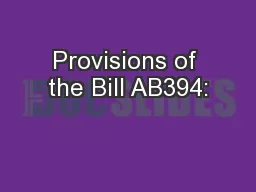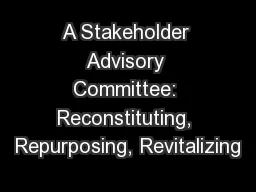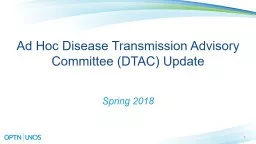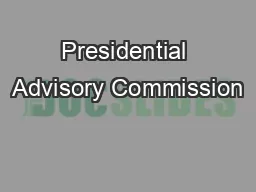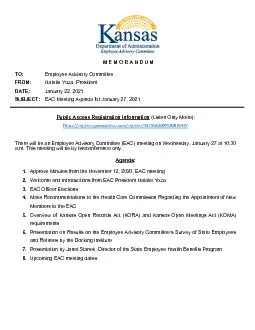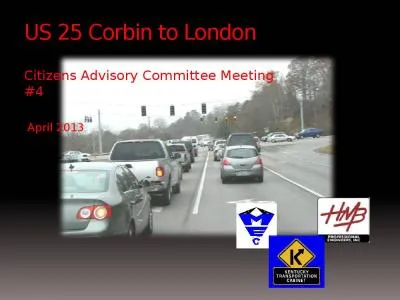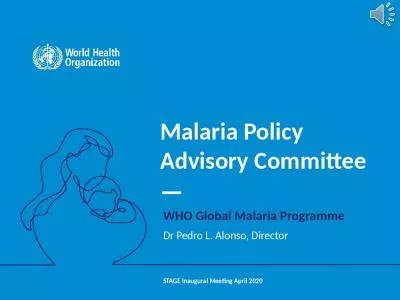PPT-Research, Engineering and Development Advisory Committee (
Author : claire | Published Date : 2023-07-22
REDAC NASOps Winter 2015 Review By Rob Hunt AJV73 Date February 2015 Operational Concept Development amp Infrastructure BLI Number 1A01C 2 Mission Support Services
Presentation Embed Code
Download Presentation
Download Presentation The PPT/PDF document "Research, Engineering and Development Ad..." is the property of its rightful owner. Permission is granted to download and print the materials on this website for personal, non-commercial use only, and to display it on your personal computer provided you do not modify the materials and that you retain all copyright notices contained in the materials. By downloading content from our website, you accept the terms of this agreement.
Research, Engineering and Development Advisory Committee (: Transcript
Download Rules Of Document
"Research, Engineering and Development Advisory Committee ("The content belongs to its owner. You may download and print it for personal use, without modification, and keep all copyright notices. By downloading, you agree to these terms.
Related Documents

